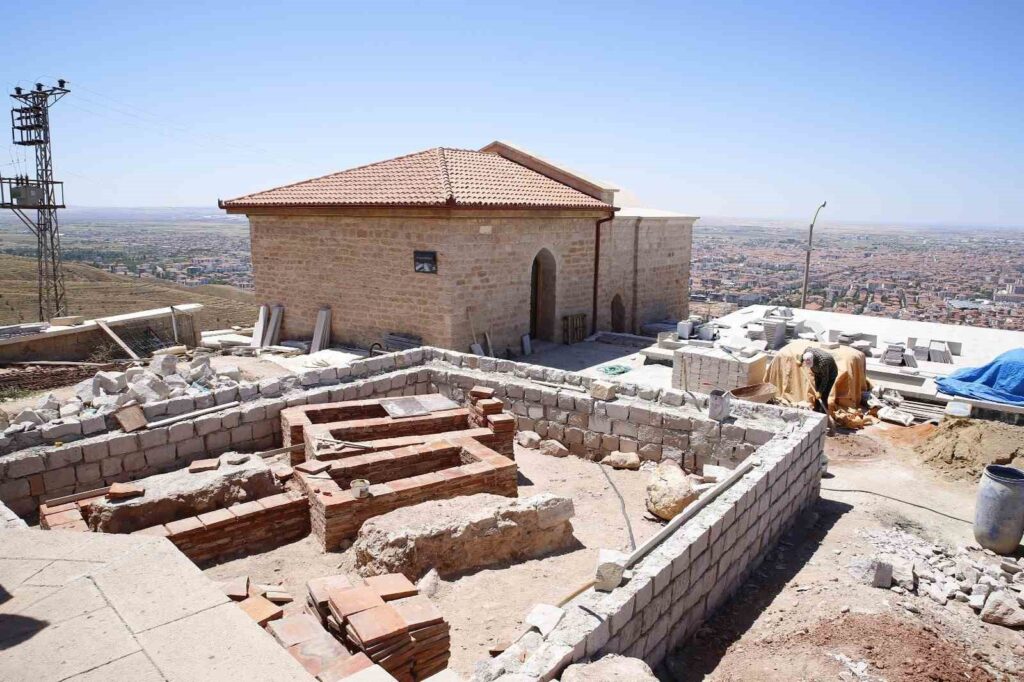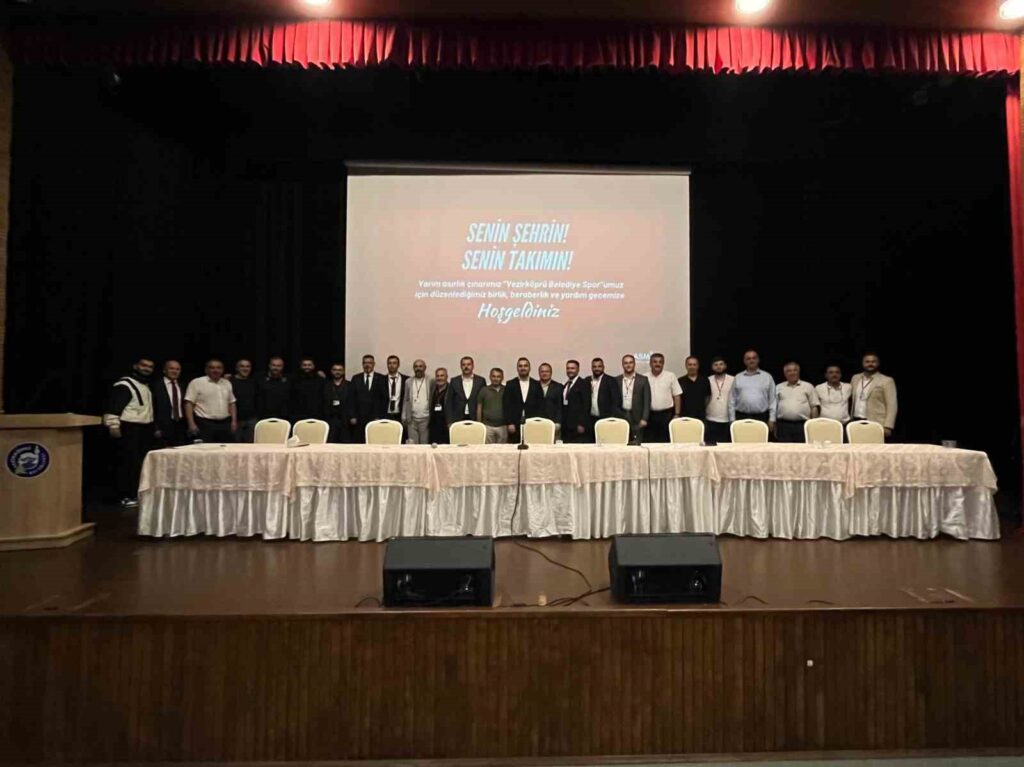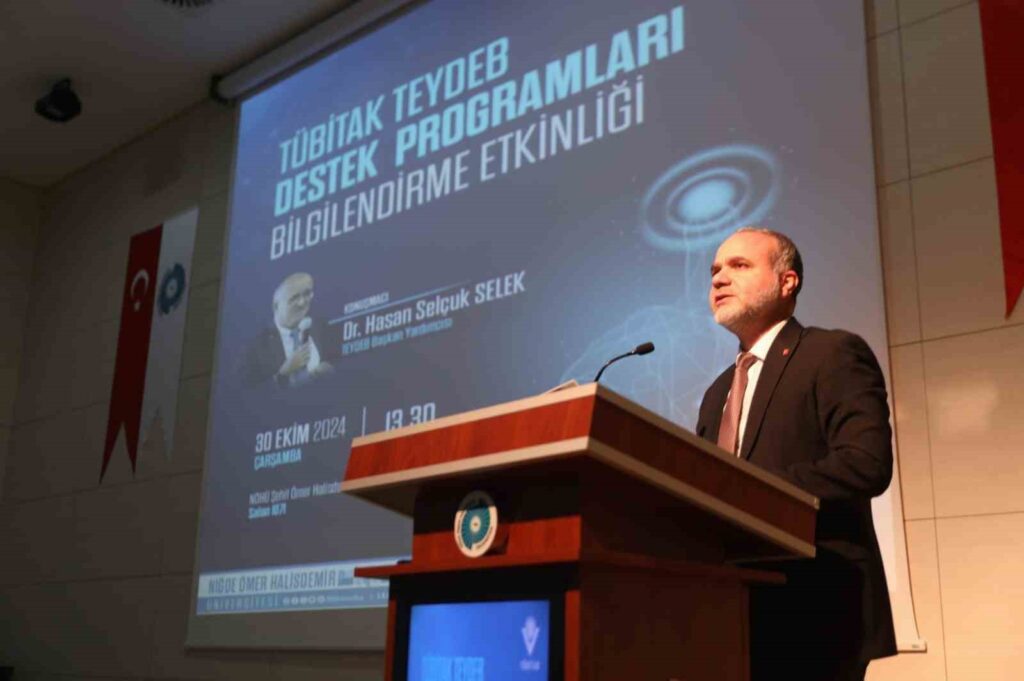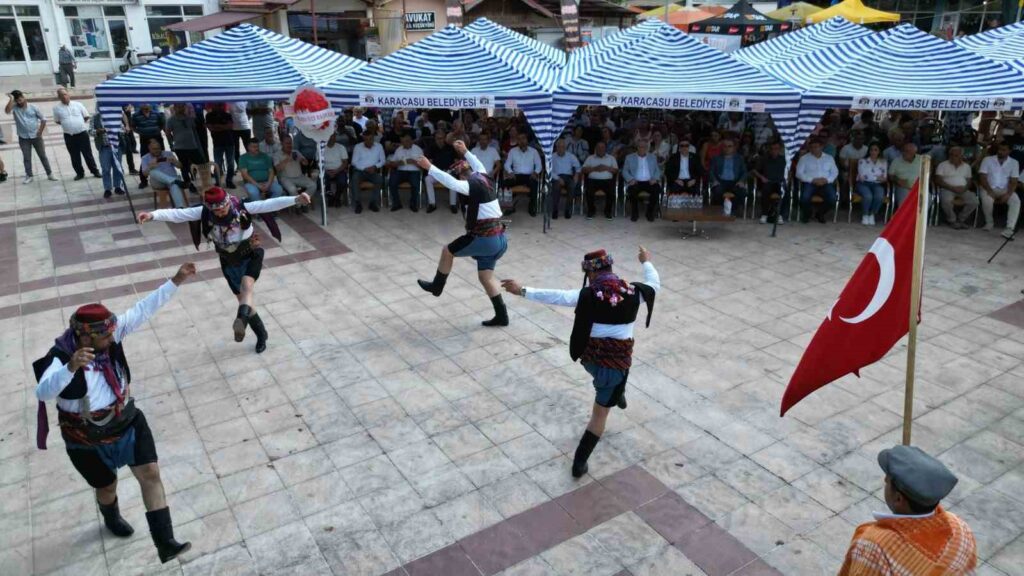Five graves from the Seljuk period were found in Aksaray
As the restoration and renovation work that started 4 years ago at the mausoleum and pavilion of the Seljuk ruler 2nd Kılıçaslan, initiated by the Aksaray Municipality, is nearing completion, around the mausoleum and pavilion built after the death of Sultan 2nd Kılıçaslan 832 years ago…

As the restoration and renovation works initiated 4 years ago by the Aksaray Municipality on the tomb and pavilion of Seljuk Sultan 2nd Kılıçaslan come to an end, 5 graves, including one child, from the Seljuk period were found around the tomb and pavilion built 832 years ago after the death of Sultan 2nd Kılıçaslan.
With the assumption of office by Aksaray Mayor Evren Dinçer in 2019, restoration works were started across the city in collaboration with the Konya Regional Directorate of Foundations, restoring dozens of historical artifacts to their original state. Due to Aksaray’s 11,000-year history and hosting deep-rooted civilizations, it is possible to encounter a historical artifact on every street, especially traces of the Seljuk period. Among these historical artifacts, the 832-year-old tomb and pavilion of Seljuk Sultan 2nd Kılıçaslan began restoration by the Aksaray Municipality in 2020. While these works are continuing meticulously, new graves were discovered during recent excavations.
In a statement regarding the issue, Mayor Evren Dinçer said, “When we took office, we started many projects for our city, such as infrastructure, roads, and sidewalks. Along with this, we have restored forgotten and abandoned historical artifacts from the Seljuk and Ottoman periods in our historical and cultural city of Aksaray, bringing them back to their former glory as part of our plan and project. We began work on the tomb and pavilion of 2nd Kılıçaslan in 2020 with our municipality and the foundations directorate. We are nearing the end of the meticulous works. Recently, during ground improvement works, we reached new graves. These graves are very important due to their proximity to the tomb. Our Provincial Directorate of Culture and Tourism and the Regional Directorate of Foundations have conducted examinations. Works are ongoing. Expert colleagues also estimate that the graves may belong to commanders of the Seljuk state and their family members. The fact that the graves are surrounded by cut bricks makes them significant. It is unknown how many centuries they have been underground. We will share information with the public again when the works are completed.”
The restoration works, carried out in accordance with Seljuk architecture, have also been appreciated by the citizens. This site, which will contribute significantly to Aksaray’s historical tourism, features a social facility offering local dishes for visitors.







